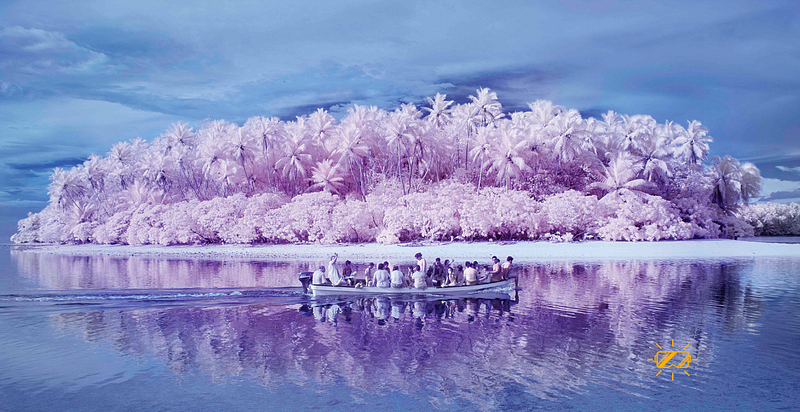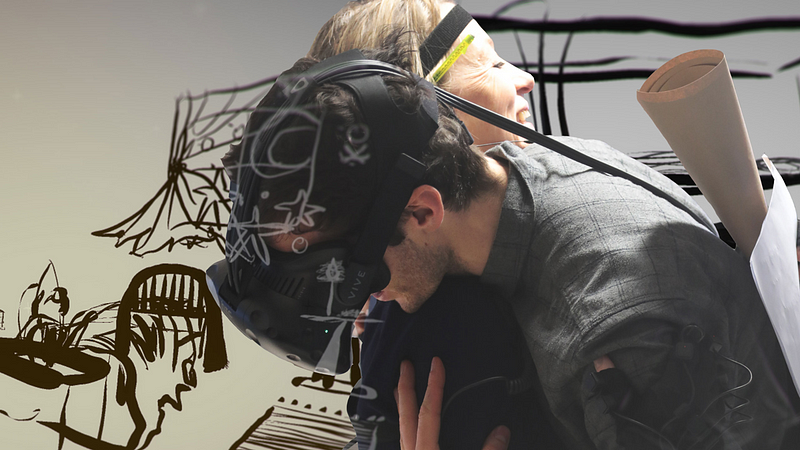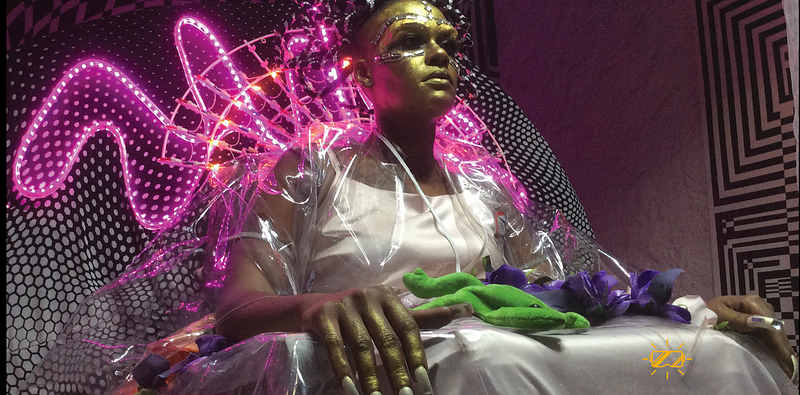Ingrid Kopp, Storyscapes Programmer

This week, the Tribeca Film Festival will showcase cutting-edge VR and interactive installations at the Storyscapes and Virtual Arcade exhibitions. We took a few moments to speak with Ingrid Kopp—who curates Storyscapes and is also our producer for Immerse—about what’s on display this year.
Could you tell us a bit about the process of selecting projects for each exhibition?
I worked with Loren Hammonds, who curated the Virtual Arcade. We reviewed all the open submissions together, and also checked in regularly about work we were seeing at festivals, exhibitions, studio visits and other events. Storyscapes, which I curate, shows projects as installations and is open to all story-driven interactive and immersive work, not just VR, so it was a fairly natural process to figure out which projects would work better for that section. I look for work that hints at new possibilities for storytelling, that creates an unforgettable experience and that looks at the world we are living in through the eyes of an artist. This year there is a lot of VR in Storyscapes but I think that reflects where funding, focus and energy is right now in the interactive storytelling space. Long-term I do want to continue to create space for all kinds of interactive storytelling, not just VR.
Which pieces did you find the most surprising?

I was surprised by the simple beauty and power of The Island of the Colorblind. It is one of those projects that makes you think deeply about how you see the world and I love work that does that.
NeuroSpeculative AfroFeminism is another project I responded to because of the interdisciplinary nature of what they are doing. I love the science, the speculative products, the VR — all challenging dominant narratives and creating space for different futures and imaginings.
Blackout is powerful because the team are so committed to keeping it alive and dynamic by adding new characters as the project continues. This idea of “living” projects is one of the aspects of interactive storytelling that first drew me to the field. I also love what volumetric filmmaking can contribute to VR for filmmakers — the sense of being able to move through live action is thrilling.

Draw Me Close is wonderful because it brings theater into VR — in fact it is a collaboration between National Theatre, London and the NFB in Canada. Many people have pointed out that VR is very close to theater in the way that it is staged and choreographed and this piece involves live action alongside VR, which is very exciting to experience.
TREEHUGGER: WAWONA is an awesome experience in the literal meaning of the word. I think experiential, interactive VR can be so powerful when done right and Marshmallow Laser Feast are masters of their craft.
Finally, The Last Goodbye struck me immediately for it’s exquisite technical production — using photogrammetry for example — as well as because Pinchas Gutter is such an extraordinary person and his testimony is so beautiful and powerful. I’m drawn to projects that show the spectrum of what interactive projects can do and this one showed me how VR can become a different kind of archive.
In addition to curating Storyscapes, you’ve been producing VR yourself. Could you tell us a bit about what you’re working on?
Outside of my work for Tribeca and TFI, I co-founded a non-profit in South Africa with veteran producer Steven Markovitz. We fund, incubate and produce VR and interactive storytelling across Africa, with a focus on sharing narratives about the continent from African creators, rather than through an outside lens.

Our first project, in collaboration with Goethe Institut is called New Dimensions. We have produced four 360 films thus far and one of them, The Other Dakar by Senegalese artist Selly Raby Kane, is screening in the Virtual Arcade at Tribeca. Right now, we are working on an interactive project for the Rift in Ivory Coast with artist Paul Sika and preparing for our next VR workshop for African creators supported by Ford Foundation and Bertha Foundation. The workshop will focus on VR nonfiction storytelling and is open to African creators from across the continent.
Where can people who want to experience Storyscapes and the Virtual Arcade find tickets?
Tickets are available at tribecafilm.com/immersive—Purchase a ticket for the slot you want and you can see both Storyscapes and Virtual Arcade projects. If you are really keen to see a lot of projects I recommend booking tickets for 2 slots.
Immerse is an initiative of Tribeca Film Institute, MIT Open DocLab and The Fledgling Fund. Learn more about our vision for the project here.